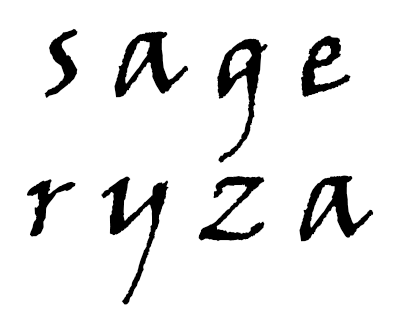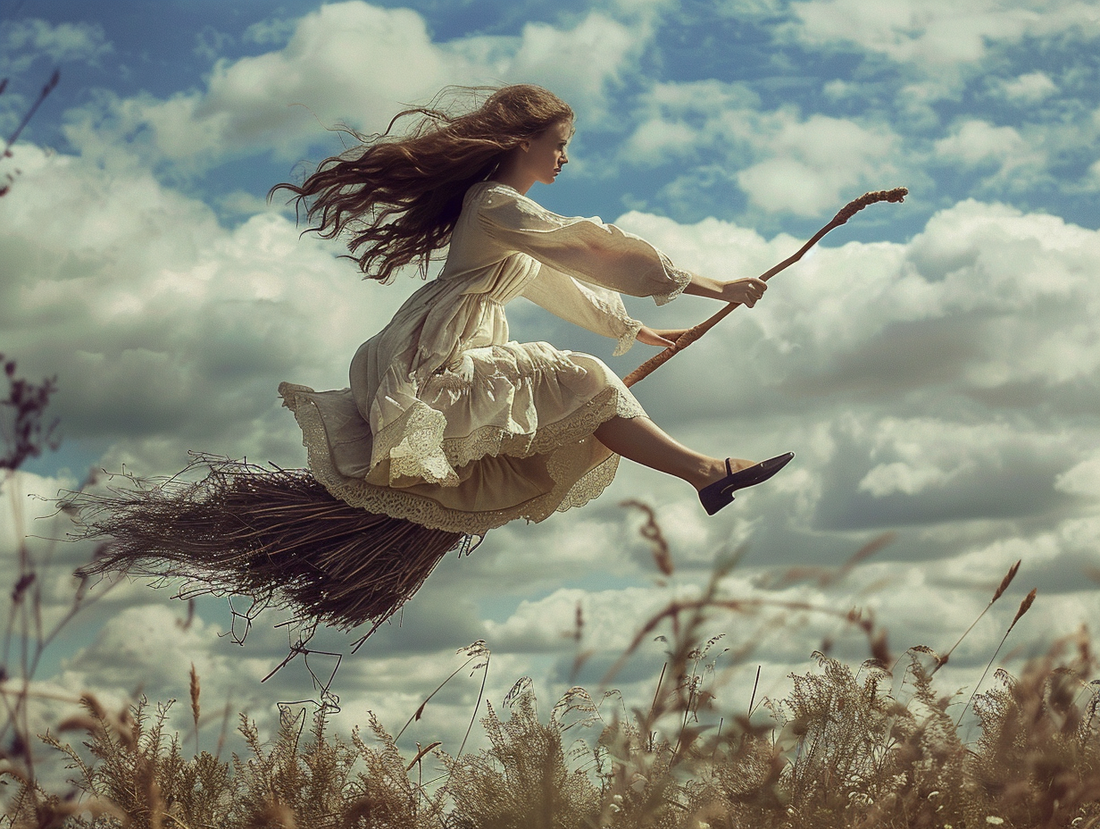Imagine a time steeped in mystery, where witches didn't just sweep with broomsticks—they soared on them into the night sky. But how? The secret lies in an ancient concoction known as "flying ointment," a mysterious salve said to give witches the power of flight.
The Magical Ingredients
Flying ointment was no ordinary salve. Crafted from a brew of potent herbs like belladonna, henbane, mandrake, and wolfsbane, all of which are known for their psychoactive properties, this ointment was said to induce visions, physical sensations of flying, and other supernatural experiences. The ingredients alone suggest a mix designed not for physical flight but for journeys of the mind and spirit.

“In rifleing the closet of the ladie, they found a pipe of oynment, wherewith she greased a staffe, upon which she ambled and galloped through thick and thin.”
“… a jar half-filled with a certain green unguent … with which they were anointing themselves … was composed of herbs … which are hemlock, nightshade, henbane, and mandrake.”
The Ritual of Application
Witches reportedly applied this ointment to their bodies, particularly at pulse points or mucous membranes, to absorb its magical properties more effectively. A popular, albeit sensational, legend suggests witches applied it to the handle of a broomstick and then... well, let's just say they found a unique method of 'mounting' their broomsticks to 'take off' into the night.

A Journey of the Mind
The effects of flying ointment were primarily hallucinogenic. Those who used it described sensations of flying over vast distances, visiting distant lands, and even participating in legendary witches' Sabbaths. These experiences, vivid and lifelike, were likely astral projections or drug-induced hallucinations, offering a form of escape from the harsh realities of the medieval and early modern periods.
The Legacy of Flying Ointment
Today, the lore of flying ointment offers a fascinating glimpse into historical witchcraft practices and beliefs. While modern witches do not use the toxic recipe of old, the idea of a potion that can liberate one's spirit continues to captivate the imagination. It serves as a metaphor for the power of nature’s ingredients and the human desire for freedom and exploration.

